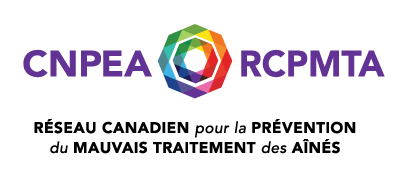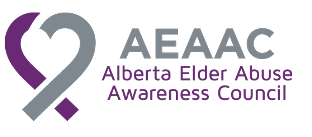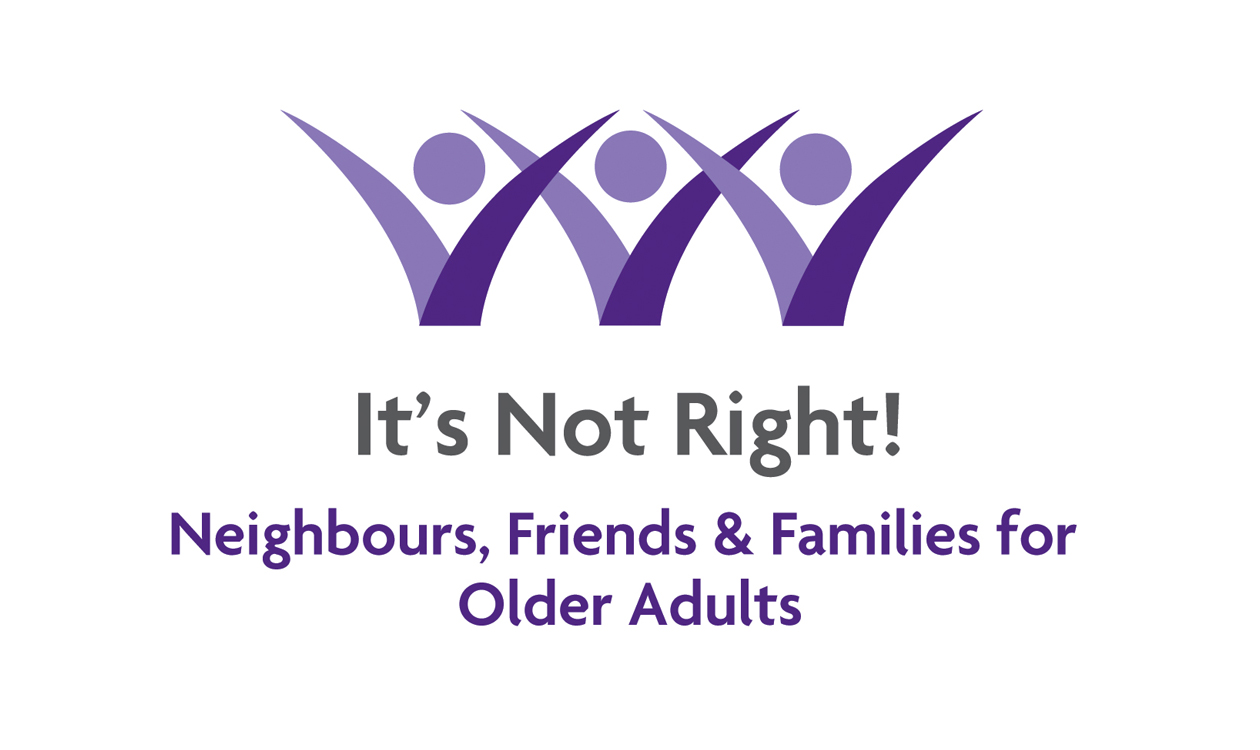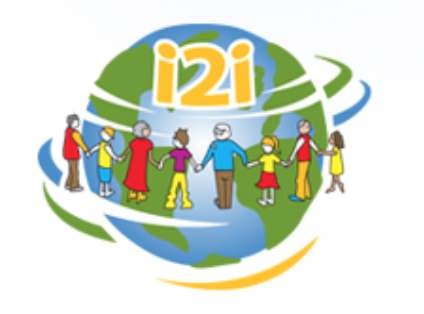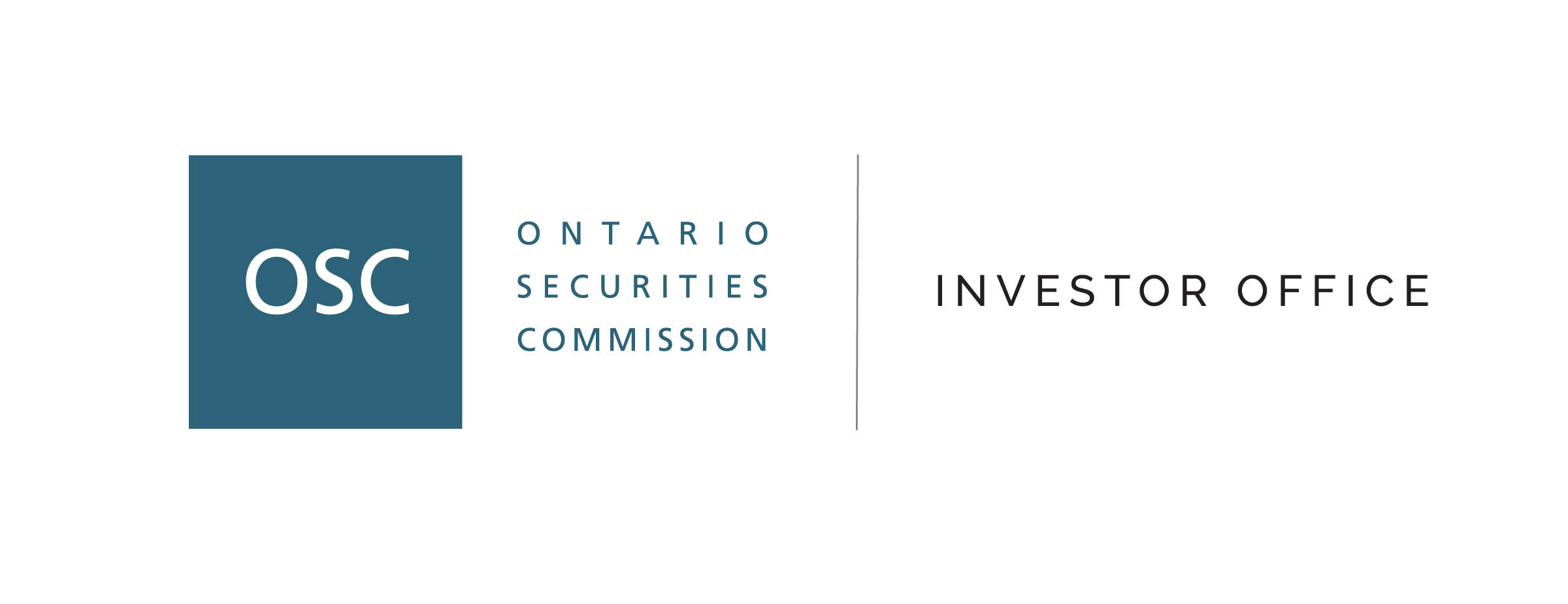Marie-Ève Bédard, B.A., M.A., Ph. D. Cand., in Gerontology, Sherbrooke University. Fellow Québec Research Fund on Society and Culture. Research Chair on Mistreatment of Older Adults, Sherbrooke, Canada.
Erin Corston, Executive Director, Ontario Native Women’s Association
Janet Craik, Interim Executive Director & Director of Professional Practice, Canadian Association of Occupational Therapists
Sharon Elliot, Seniors Safety Program, RCMP (Annapolis County, Nova Scotia)
Sander Hitzig, Senior Research Associate, Institute for Life Course & Aging, University of Toronto
Barb Hood, Executive Director, NWT Seniors’ Society
Alison Leaney, Provincial Coordinator, Vulnerable Adults Community Response at the Public Guardian and Trustee of BC
Jennifer LeBlanc, Policing Consultant, Crime Prevention and Policing Standards,Public Security and Corrections Division, Department of Public Safety—New Brunswick
Peter Levesque, President, Institute for Knowledge Mobilization
Gail MacFarlane, Nurse Educator/ Consultant
Sharon MacKenzie, Executive Director, i2i Intergenerational Society
Suzanne Michaud, Senior Advisory Counsel, RBC Law Group, Royal Bank of Canada
Stacey Miller, Manager, Community Services, A & O: Support Services for Seniors, Manitoba Age and Opportunity
Céline Romanin, Project Coordinator – Fédération des aînées et aînés francophones du Canada – FAAFC
Mary Schulz, Director, Information, Support Services and Education, Alzheimer Society of Canada
Page 15 sur 17

